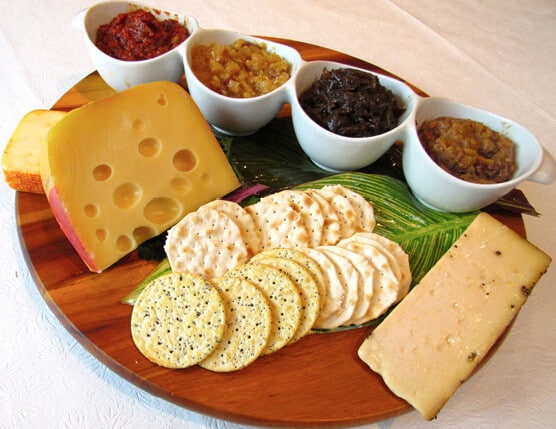At the Fancy Food Festival, the largest specialty food and beverage event in the United States, held at the Javits Center in New York every year, a small New Jersey-based business called Mishrun specializing in Indian condiments and chutneys set up a stall last season.
Rashmi Mehndroo, who launched her venture more as a passion to educate Americans on the sophisticated flavors of Indian ingredients, was hopeful that with the growing visibility of Indians in the country today, Americans would be willing to try their apple raising chutneys or twisty tomato chutneys. At the three-day festival, attracting everyone from supermarkets to coffee chains and food critics, Mehndroo discovered something about Indian flavor perception in the West: “It was important to know that despite Indian food gathering curiosity across the globe, when it comes to experimenting with Indian food, there is only a certain demographic in America that may be happy to delve into it.”
She explains: “Trying out the newly repackaged Indian flavors and food in America appeals to experimental millennials, mostly living in big cities. This is the new generation that is interested in local organic and sustainable food movements and likes to bring interesting ingredients from around the world to often make their own meals.”
For other Americans, sadly, the perception of Indian flavors is still greasy curries served as cheap take-out foods and masalas that are too hot and spicy, she says.
A host of neoteric food companies are seeking to change that perception by showcasing Indian spices, condiments and flavors in a new, favorable light.
Culinary arts professional Akanksha Dean, who recently trained at the world’s leading restaurant Osteria Francescana in Modena, Italy, says that the new crop of Indian chefs and food entrepreneurs are doing a delightful job of introducing Indian flavors to the world in contemporary, more appealing format: “While working in a small gourmet city in Italy, I realized that while people abroad get excited about Indian food, but the only ready references they have are curries and tikkas, which in fact do little to introduce people to the vast variety of Indian food.”
The new food innovation may have started in India among millennials, as part of taking pride in their identity over the last decade. After a generation of Indians, who attuned themselves to believe that a breakfast of Kraft cheese and maple syrup on strawberry pancakes was more relishing than kanda poha or rava upma, there seems to be a new appetite for the traditional.
Perhaps what was being seen in India with Paperboat, a beverage that evoked nostalgia by bringing back in vogue rustic flavors, such as imli and jamun, was also possible in prodding global interest in Indian cuisine.
Philadelphia based, Bandar Foods, launched in 2012, prides itself for the “world’s first squeezable chutneys.” Founded by Lalit Kalani and Daniel Garblik, its promotes its products as “Indian flavors, American taste.” The product line comprises everything from naan chips to Bombay ketchup.
If Bandar Foods brings a more corporatized structure to the Indian condiments market, then there is Brooklyn Delhi in New York City, dishing out Indian pantry staple, the achar, in traditional style. The achars, made from ingredients such as rhubarb and American gooseberries, are conceptualized by cookbook author Chitra Aggarwal, who says that they complement a hamburger, just as well as a plate of dal and rice. The products are available at Whole Foods in Brooklyn and many other groceries across the United States.
All these new brands may be working toward a cohesive strategy showing to the world that Indian food, far too long poorly packaged and publicized, needs to be reviewed in a new light.
Mehndroo, whose contemporary style chutneys in a jar are snapped up by people across the United States on Amazon, realizes that the neo Indian foodprenuers like her have to work doubly hard: “We first need to change the impression toward Indian cuisine in the West, thanks to disservice done by eateries that have for years served compromised Indian food both in taste and quality.”
Akanksha Dean believes that the Indie food movement, a big global trend currently, is headed in the right direction: “It was important to show the versatility in presentation of Indian food. With the modern Indian cuisine coming into vogue and many chefs in London and New York serving exceptional Indian food in plating so contemporary, to an extent this myth of Indian food being just limited to greasy curries is getting diminished. By bringing more zany, new experimental condiments into the food landscape we may be able to eventually popularize the chutneys just as we did with spices.”
Participation in farmers’ markets, food shows and cookery events are especially effective vehicles to reach out to the consumers directly. Mehndroo says, “When I make chutneys out of say Granny Smith apples instead of kachcha aam, using the same Indian spices, then it is easier to introduce to a foreign consumer a new product as it does speak to them with a certain familiarity.”
And indeed, that’s the philosophy that many new-age Indian food brands are invoking to gain acceptance for their products in an already cluttered market.
